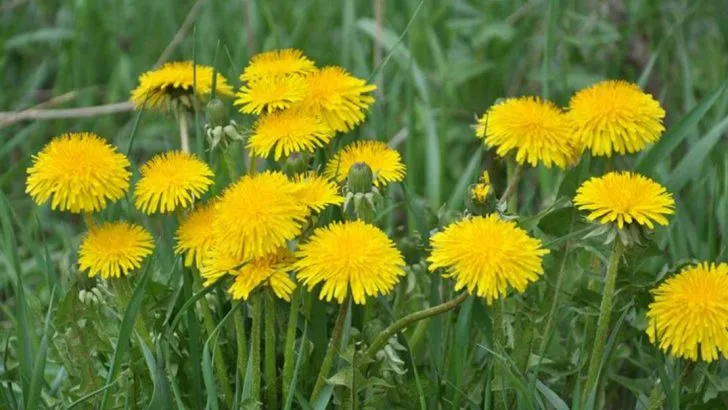Your soil is starving—and it’s not begging for more store-bought fertilizer. It wants roots. Deep, aggressive, greedy roots. The kind that drill down, haul up nutrients, and leave your garden richer than they found it. Enter dynamic accumulators. These plants don’t just grow—they mine. Calcium, potassium, magnesium—they rip it from the depths and stash it in their leaves like green gold. Chop them. Drop them. Watch your soil turn from tired to turbocharged. June is the perfect time to plant these nutrient-packed powerhouses, and your garden will never be the same.
Comfrey
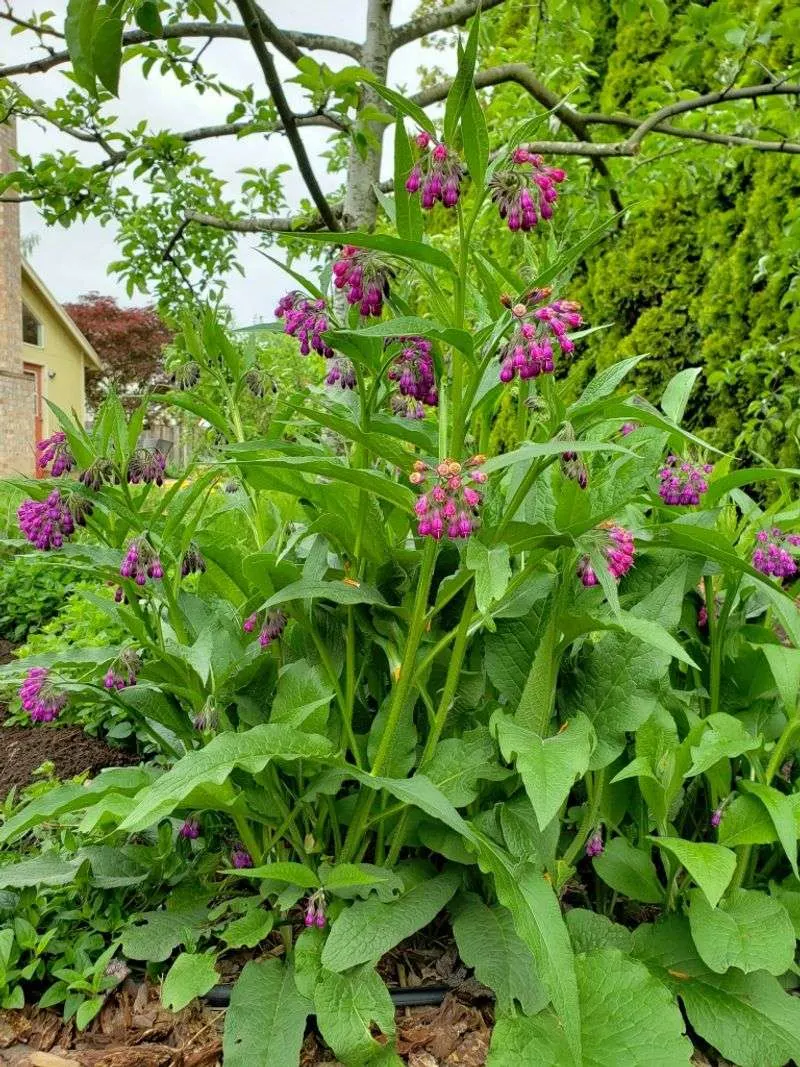
Comfrey, often termed nature’s gift to gardeners, boasts deep-reaching roots that tap into subsoil nutrients. These vigorous roots draw up potassium, nitrogen, and calcium.
Its leaves, rich in these nutrients, can be used as mulch or compost. Comfrey’s role doesn’t end there; it also attracts pollinators with its pretty purple blooms.
Did you know? Russian comfrey is a sterile hybrid, making it less invasive. Embrace comfrey in your garden to naturally boost soil fertility.
Chicory
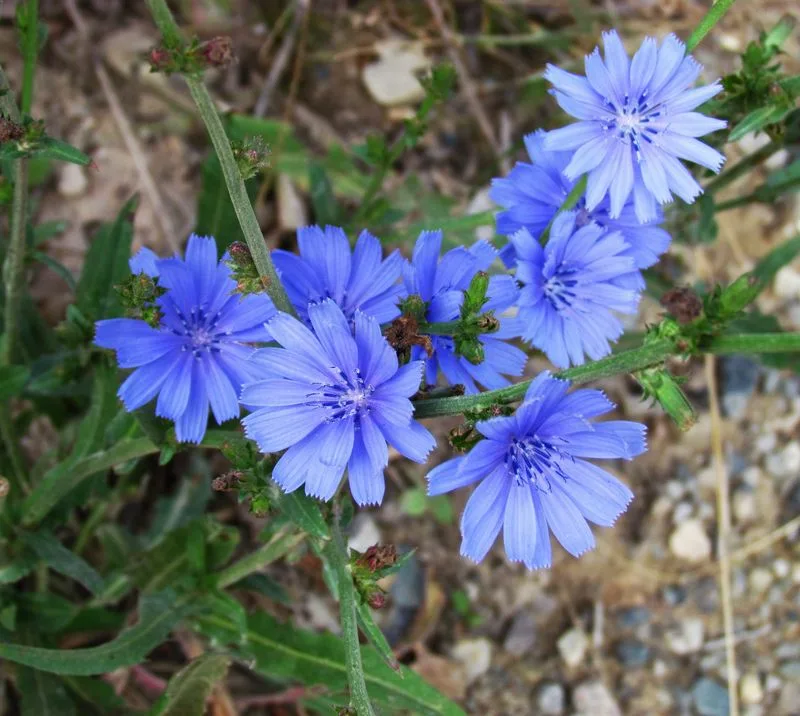
Chicory isn’t just a coffee alternative; it’s a powerhouse in the plant world. With long taproots, it mines for phosphorus, potassium, and calcium.
Its sky-blue flowers add beauty to any garden while improving soil structure. Birds and insects adore chicory, ensuring biodiversity.
Historically, chicory has been used medicinally and as a forage crop. It’s a natural choice for those seeking to enrich their soil and garden aesthetics.
Yarrow
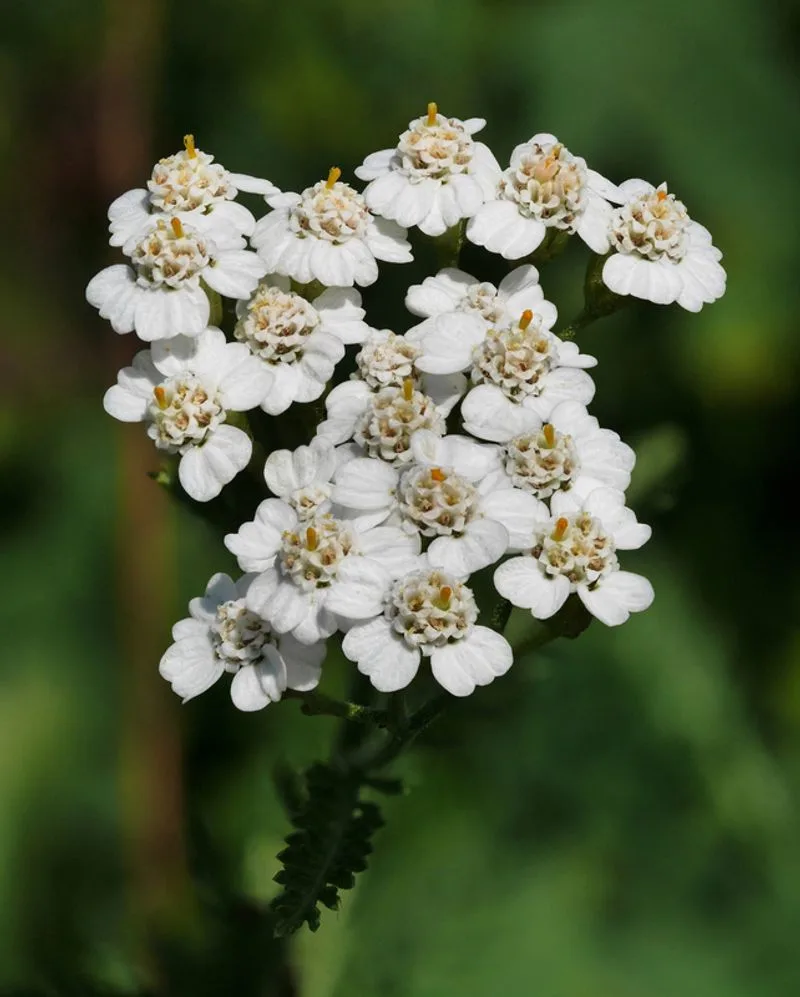
Yarrow, with its feathery foliage, is more than just a pretty face in the garden. It accumulates copper, potassium, and phosphorus.
This plant improves soil structure and attracts beneficial insects. Ancient cultures revered yarrow for its healing properties.
Its presence in your garden can reduce soil compaction, making it an ideal companion plant. Yarrow truly is a gardener’s ally.
Nettle

Nettles might sting, but their benefits are worth the pinch. These plants accumulate iron, calcium, and magnesium.
Their presence enriches the soil and can be used in teas for plants and humans alike. Nettles have a long history in textiles and medicine.
They are a haven for butterflies, making them a valuable addition to eco-friendly gardens. Nettles are nature’s mineral-rich gift.
Borage
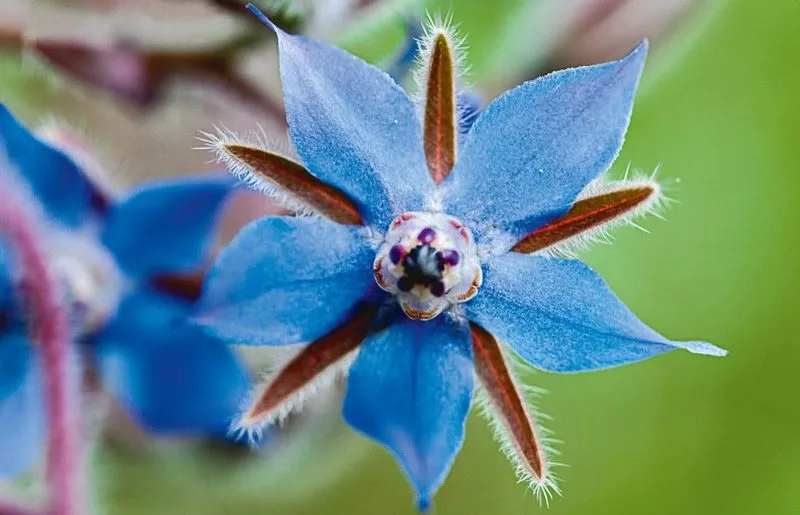
Borage, with its beautiful blue star-shaped flowers, is a favorite among bees. It accumulates potassium and calcium.
This annual herb enhances soil fertility and is known for improving tomato growth. Borage has culinary uses, adding a cucumber-like flavor to dishes.
Its ability to attract pollinators makes it indispensable for fruit and vegetable gardens. Borage is truly a multi-purpose plant.
Dandelion

Dandelions, often seen as weeds, offer untapped potential. With deep taproots, they draw up iron, calcium, and potassium.
These nutrients are recycled back into the soil when their leaves decompose. Dandelions support pollinators and have been used in traditional remedies.
Their resilience makes them a low-maintenance choice for improving soil health. Embrace dandelions for a naturally fertile garden.
Alfalfa

Alfalfa, a staple in agriculture, also plays a vital role in soil health. It fixes nitrogen and accumulates iron and magnesium.
This perennial legume enhances soil structure and supports wildlife. Alfalfa’s deep roots prevent erosion and improve drainage.
As a cover crop, it protects and nourishes the soil. Alfalfa is a sustainable option for those committed to organic farming.
Clover
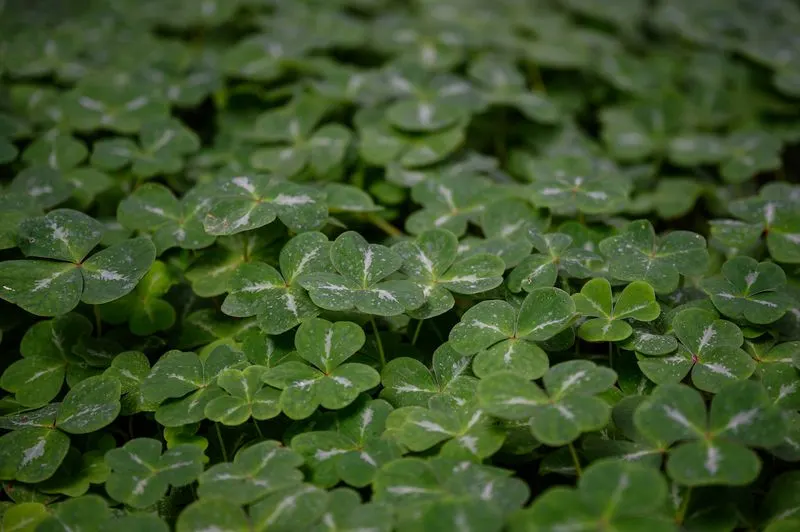
Clover is more than a lucky charm. It fixes nitrogen, enriching the soil naturally. This legume also accumulates calcium and magnesium.
Clover provides ground cover, preventing erosion and supporting beneficial insects. In folklore, it symbolizes prosperity and protection.
Its low-maintenance nature makes it ideal for sustainable gardens. Clover is a small plant with a big impact on soil fertility.
Sheep Sorrel
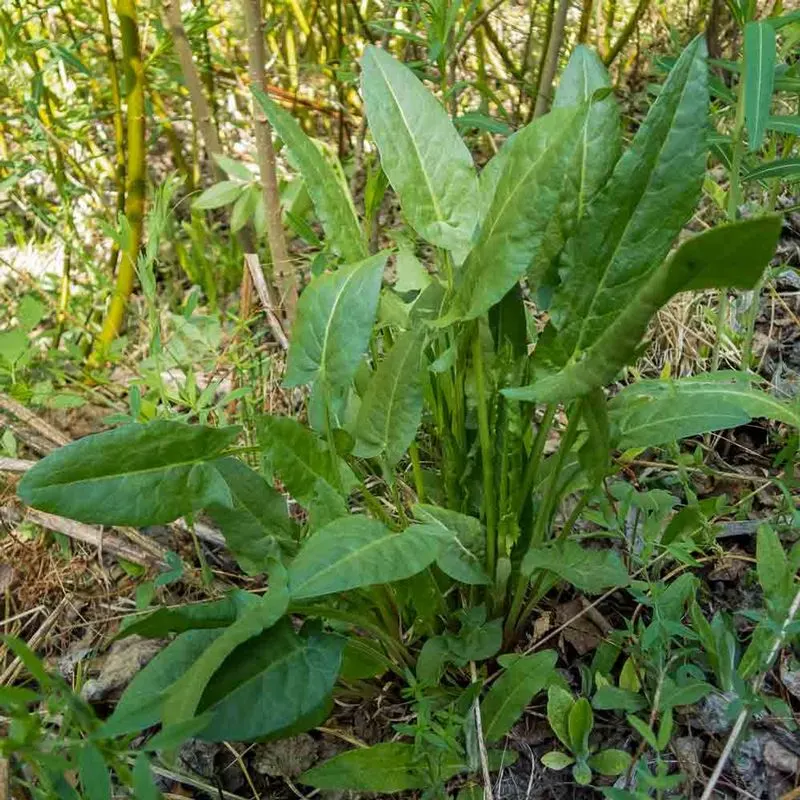
Sheep sorrel may be small, but it packs a punch. It accumulates phosphorus, potassium, and iron, aiding soil fertility.
Its tart leaves are edible and have been used in herbal remedies. Sheep sorrel thrives in poor soils, making it a resilient choice.
This plant can improve soil structure and attract beneficial insects. Sheep sorrel offers both beauty and utility in gardens.
Lambsquarters
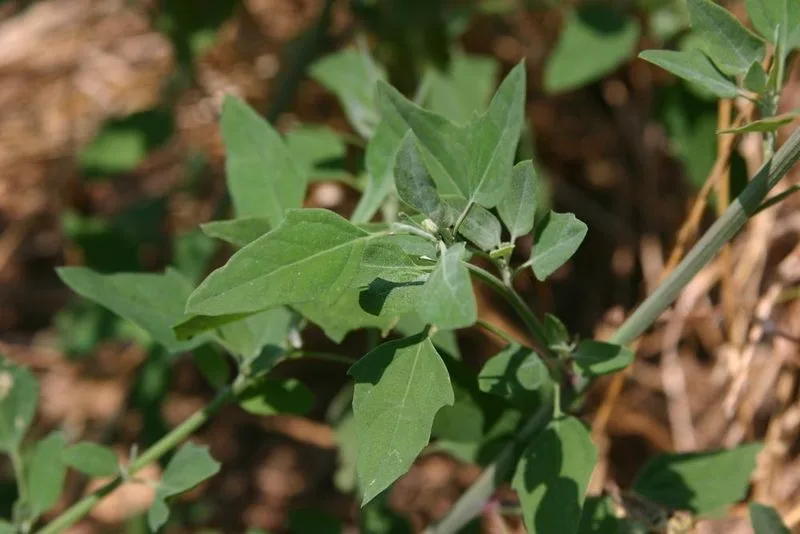
Often overlooked, lambsquarters are a hidden gem for gardeners. They accumulate calcium, potassium, and phosphorus.
Their nutrient-rich leaves can be used in salads or as mulch. Lambsquarters have been a food source since ancient times.
This plant’s adaptability makes it a valuable addition to any garden, promoting soil health. Embrace lambsquarters for a robust garden ecosystem.

